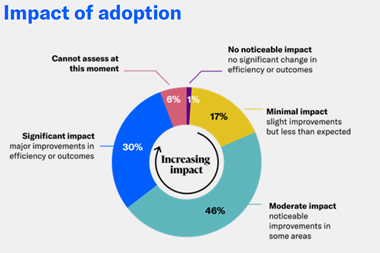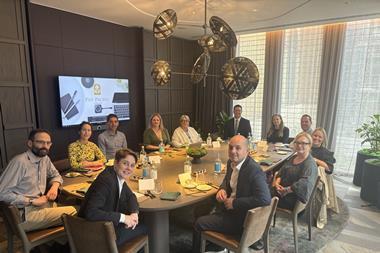Risk managers must model cyber threats carefully and examine the results forensically, while insurers need to adapt solutions to meet the new threats
The insurance market has been told it needs to come together to support its risk management clients around the access to and the understanding of the cyber cover currently on offer.
Speaking at the Airmic annual conference in Manchester, Brian Warszona, UK cyber growth leader, cyber, media & technology practice leader, UK at Marsh said some risk managers were still looking to understand the product.

“We have seen businesses looking to understand the answers to key questions around cyber insurance,” he explained. “What is covered, what is it, and what benefit does it bring to my business?”
Warszona continued: “There needs to be more understanding of the risks and the solutions. Risk managers should do some modelling to understand their risks. When they get the results, they need to read through them carefully, not simply flick through the data.”
He added that although the insurance industry has been offering cyber products for 25 years it still has a long way to go, a process which is challenged by the rapid rate of technological change.
“We are still developing the market but we are making strides to make it a lot clearer as to the products and their use,” Warszona added.
The increasing implementation of artificial intelligence is creating new risks for the market.
The rapid development of the technology and its use for businesses across the economy has seen the insurance sector struggling to keep up with the changes that these developments created, Warszona explained.
”Risk managers should do some modelling to understand their risks”
“The situation remains that at present we do not have the data to understand the issues which may be created should there be a significant event,” he added.
“Cyber insurance is still catching up on the potential and the exposures that the market could offer.”
Warszona said the increasing use of technology within industrial control systems had also created a new set of risks.
“We are now seeing a need for cover for the potential of physical damage resulting from a cyber incident,” he explained.
“We cannot say we fully understand it, but we are working on the models and insurers are now working to create an understanding of the value of putting these risks on the books.”
On the development of the market, Warszona says that all areas of the insurance transactional chain, including the reinsurers, need to play their part.
“We are now seeing a need for cover for the potential of physical damage resulting from a cyber incident”
“In the UK most insurers will complete their reinsurance renewals on 1 January,” he added. “It is only then that insurers can assess their appetite for cyber risks.
“However, it does create a gap of several weeks during which, we as brokers are looking to encourage the underwriters to write the business.
“We need to find a solution to that uncertainty which can be difficult for us as brokers. We do not want to be in a situation where we offer our clients a solution only to have to return after two or three months to say that solution is no longer available because appetites or approaches have changed.
“If clients are faced with the prospect of being unable to cover their cyber risks, all too often when the solution does become available, we do not get that business back.”
Blog: Airmic Conference 2023 from Manchester

Daily news summary
- 1
- 2
- 3
 Currently
reading
Currently
reading
Airmic 2023: Cyber market still playing catch up to evolving risks
- 5
- 6
- 7
- 8
- 9
- 10
- 11
- 12











































No comments yet